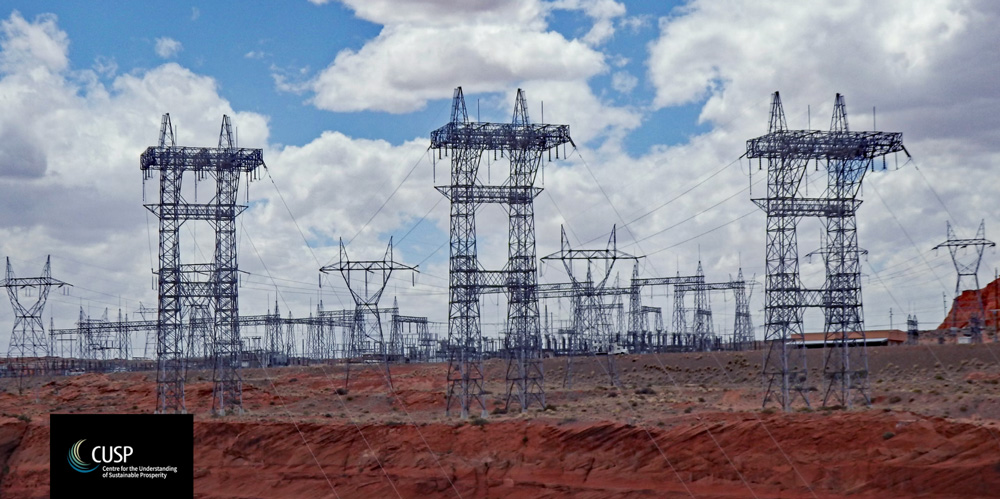Building the Bridge: How System Dynamics Models Operationalise Energy Transitions and Contribute towards Creating an Energy Policy Toolbox
Sarah Hafner, Lawrence Gottschamer, Merla Kubli, Roberto Pasqualino and Silvia Ulli-Beer
Sustainability 2024, 16(19), 8326

Abstract
The complexity and multi-dimensionality of energy transitions are broadly recognised, and insights from transition research increasingly support policy decision making. Sustainability transition scholars have been developing mostly qualitative socio-technical transition (STT) frameworks, and modelling has been argued to be complementary to these frameworks, for example for policy testing. We systematically evaluate five system dynamics (SD) energy models on their representation of key STT characteristics.
Our results demonstrate that (i) the evaluated models incorporate most of the core characteristics of STT, and (ii) the policies tested in the models address different levels and aspects of the multi-level perspective (MLP) framework. In light of the increasing emergence of energy (transition) models, the authors recommend to systematically map models and their tested policy interventions into the MLP framework or other sustainability transition frameworks, creating an overview of tested policies (a “policy navigator”). This navigator supports policy makers and modellers alike, facilitating them to find previously tested policy options and related models for particular policy objectives.
The paper is available via the mdpi website. If you have difficulties accessing the paper, please get in touch: info@cusp.ac.uk.
Citation
Hafner S, Gottschamer L, Kubli M, Pasqualino R, Ulli-Beer S. Building the Bridge: How System Dynamics Models Operationalise Energy Transitions and Contribute towards Creating an Energy Policy Toolbox. Sustainability. 2024; 16(19): 8326. https://doi.org/10.3390/su16198326






